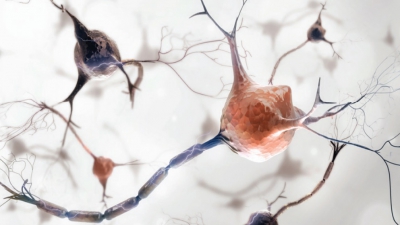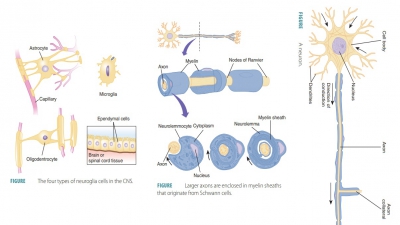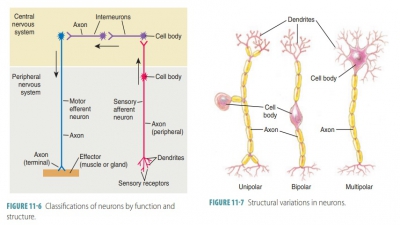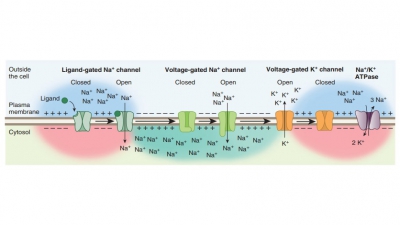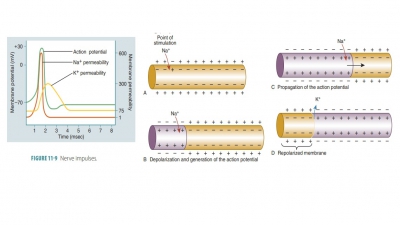Divisions of the Nervous System
| Home | | Anatomy and Physiology | | Anatomy and Physiology Health Education (APHE) |Chapter: Anatomy and Physiology for Health Professionals: Control and Coordination: Neural Tissue
The nervous system controls all body functions, maintains homeostasis, and allows the body to respond to many varieties of changing conditions. Information is carried to the brain and spinal cord, which then stimulate the body’s responses.
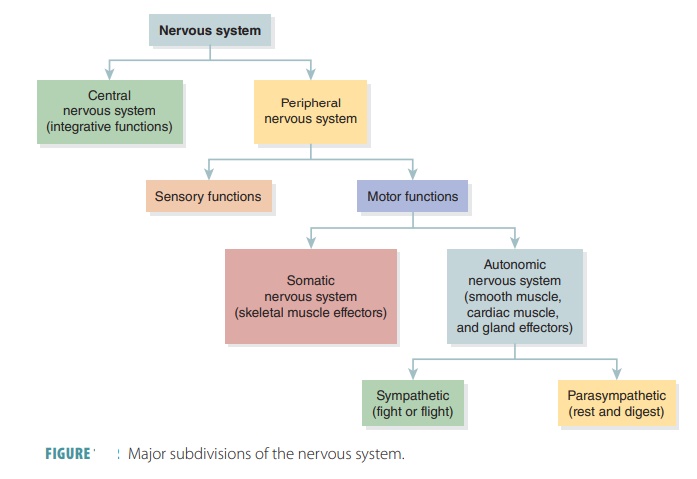
Divisions of
the Nervous System
The nervous system controls all
body functions, maintains homeostasis, and allows the body to respond to many
varieties of changing conditions. Information is carried to the brain and
spinal cord, which then stimulate the body’s responses. The nervous system has
millions of sensory
receptors that monitor changes (sensory input) outside
and inside of the body.
The nervous system processes and
interprets this information to determine how it should react (integration).The
effector organs of the body are the muscles and glands, which are activated by
the ner-vous system to respond. The responses are collectively termed motor output.
The CNS consists of the brain and
spinal cord, located in the dorsal body cavity. The CNS is the con-trol center
of the nervous system, integrating all its activities. Reflexes, past
happenings, and current con-ditions determine how it will interpret sensory
input and control motor output. The PNS consists of the peripheral nerves connecting the CNS to other parts
of the body (FIGURE 11 -1). Primarily, it is made up of nerves extending from the brain and
spinal cord to the rest of the body. The cranial nerves transmit impulses to
and from the brain. Likewise, the spinal nerves transmit impulses to and from
the spinal cord.
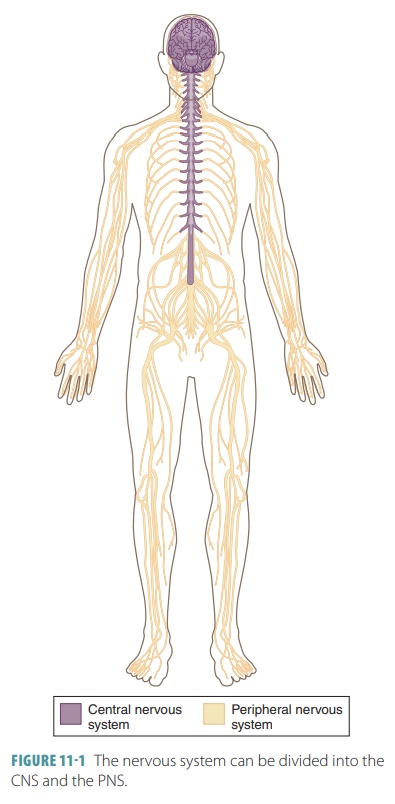
The CNS and PNS work together to
provide sen-sory, integrative, and motor functions to the body. The two
functional subdivisions of the PNS are the afferent
(sensory) division and the efferent (motor) division. The afferent division carries
impulses toward the CNS from the body’s
sensory receptors. Somatic sensory fibers transmit impulses from the joints,
skeletal muscles, and skin. Visceral sensory fibers transmit impulses from the
visceral organs of the ventral body cavity. This sensory divi-sion informs the
CNS of all events happening inside and outside the body. The efferent division
carries impulses from the CNS to the effector organs, acti-vating muscles to
contract and glands to secrete. They affect (cause) motor responses. The two
main parts of this motor division are the somatic
nervous system and the autonomic nervous system (ANS).
The somatic nervous system is
made up of somatic motor fibers transmitting impulses from the CNS to the
skeletal muscles. It is also called the voluntary nervous system because our skeletal muscles are
under conscious control. However, the
somatic ner-vous system also controls involuntary contractions, such as those
involved in reflexes. The ANS contains visceral motor nerve fibers regulating
glandular, car-diac muscle, and smooth muscle activity. In general, the ANS is
not under conscious control, and thus is also called the involuntary nervous system. The two subdivisions of the ANS are the sympathetic and
parasympathetic divisions. Their actions usually oppose each other. When one
division causes stimula-tion, the other inhibits its actions.
Major subdivisions of the nervous
system are summarized in FIGURE 11-2.
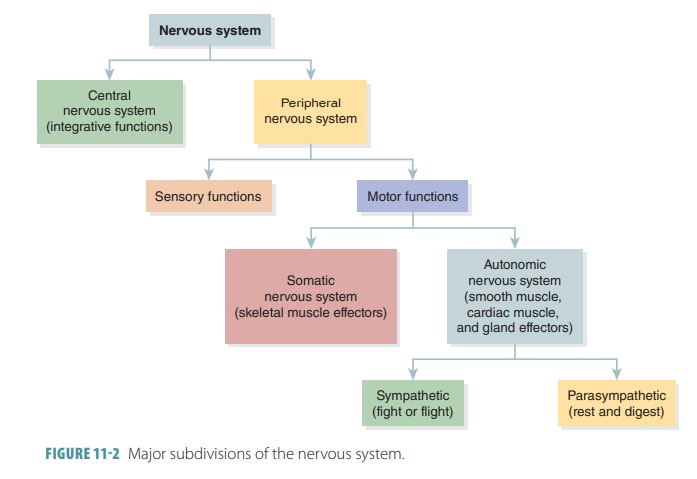
1. What is
the mechanism of integration in the nervous system?
2. Describe
the divisions of the nervous system.

